The Top 10 Things to Know About Buying Carpet
Jan 18, 2024 | Carpet One Floor & Home
These past few years, we've seen a resurgence in carpet as more of us return to the cozy comfort of having soft materials underfoot. Carpet technology and enhanced fibers have come a long way since their inception. Now homeowners can rest easy after installing this comfortable flooring without worrying about stains or spills.
Carpets have always been known for their innumerable colours, materials, and textures, but now you can find a carpet to match the needs of your lifestyle down to pet-proof fibers and sustainably sourced materials.
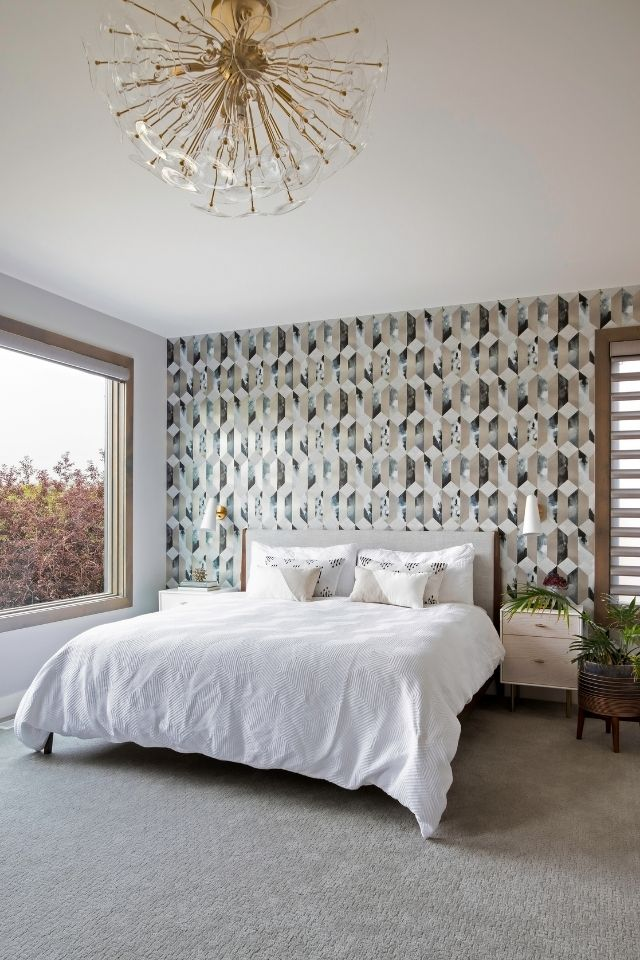
Design by LOUIS DUNCAN-HE
While carpets are often a traditional choice in bedrooms and living rooms, some might not know that many modern carpets can be installed in unconventional areas like basements and playrooms due to their advanced crush retention, stain protection, and fiber durability.
We often come across the question, "What do I need to know about buying carpet?" As carpet experts, we know the research behind each design and how carpet manufacturers construct today's carpets. Here are ten simple factors to consider before purchasing those cozy new floors.
1. Carpet is a Long-Standing Tradition
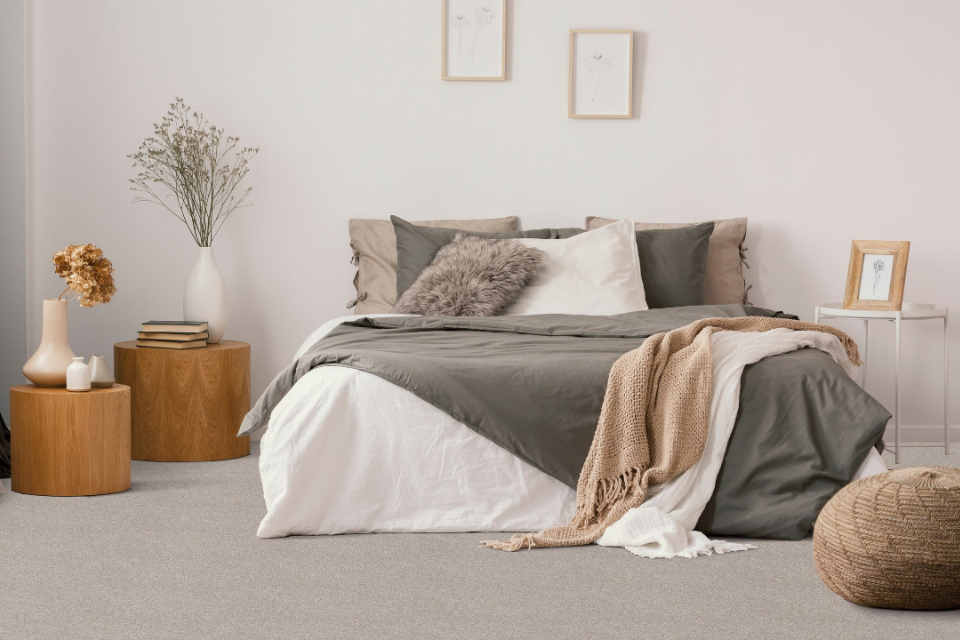
As one of the oldest global trades, carpet weaving is a form of art and skilled craftsmanship. Hand-knotted carpet is entirely woven by hand on a special loom and takes more expertise and time, so they tend to be more expensive.
Over the years, the invention of power looms increased carpet production, making this commodity accessible to the everyday consumer. While handmade rugs and carpets are less common nowadays, they still exist in Oriental and hand-knotted Persian rugs and can make great customized pieces for your home as they are one-of-a-kind.
2. Carpets Promote Healthy Living
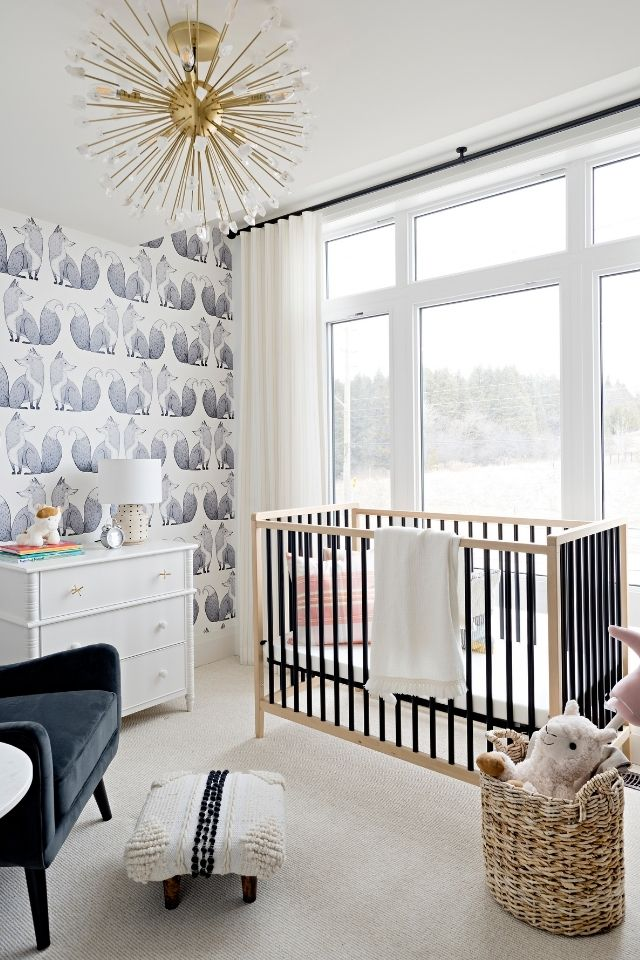
Design by REBECCA HAY Photography by MIKE CHAJECKI
Many are surprised to learn that carpets are one of the best flooring options to promote a healthy living environment. Carpets can trap allergen-causing particles preventing them from ever entering your home. Research has shown that well-maintained carpets can reduce airborne allergens and improve indoor air quality.
3. Cadence of Professional Carpet Cleaning
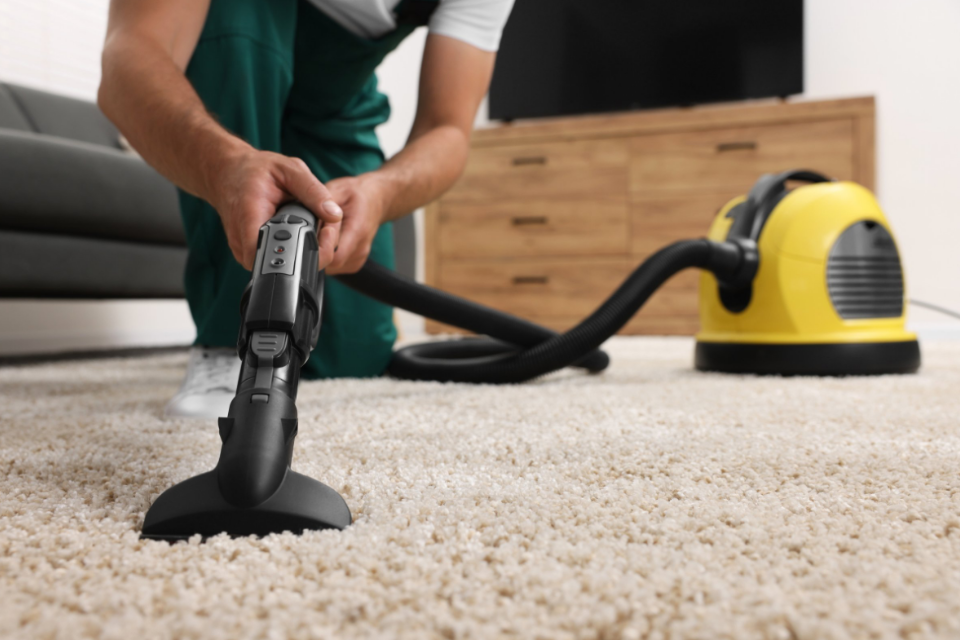
One of the biggest concerns when you buy carpet or install new floors is the upkeep cost. Some carpets can be high maintenance like high or low pile carpet and wool, but generally speaking, the average carpet is easy maintenance and only needs to be frequently vacuumed and deep cleaned yearly. All carpets should be professionally cleaned every nine to twelve months to remove pesky dirt or dust from their fibers and keep them in mint condition.
4. Opt for Lower VOC-Emitting Adhesives in Installation

Nothing is more frustrating than remodeling a room with new carpet, only to be greeted by an unpleasant chemical smell that leads you to air out the room for a few days. To avoid this issue, opting for lower VOC-emitting carpet adhesives is best. Consult with your installation experts to find the cleanest and safest carpet installation methods for your home.
5. Eco-Friendly Carpet Materials
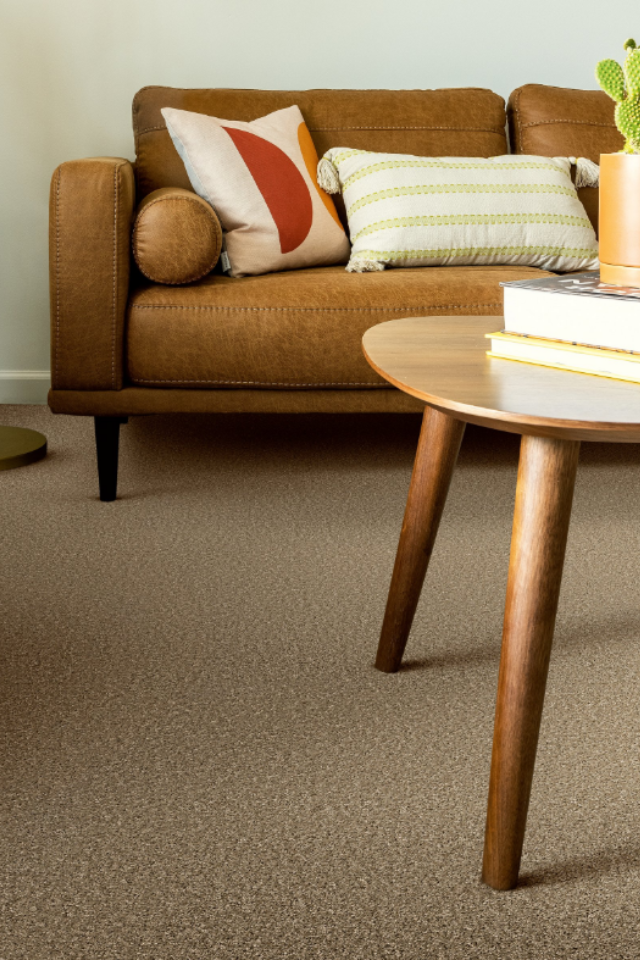
The most environmentally friendly carpets use all-natural fibers such as organic cotton, sisal, jute, seagrass, coir, bamboo, and wool. These materials are more sustainable because growing them is gentler on the environment, using fewer pesticides and fertilizer to grow.
The key to finding sustainable carpet options is checking that the carpet manufacturer is sourcing their materials responsibly. Fibers such as bamboo and wool are quickly replenished because they self-regenerate (bamboo from its roots and wool from sheep), requiring less labor and less risk of being overproduced.
With Carpet One's Green Select Program, you can shop for eco-friendly carpets by finding those products with green tags. Our Green Select products are either recyclable, contain recycled material, and/or are made from a naturally sustainable and quickly renewable resource.
6. Durable Fibers to Match Your Lifestyle
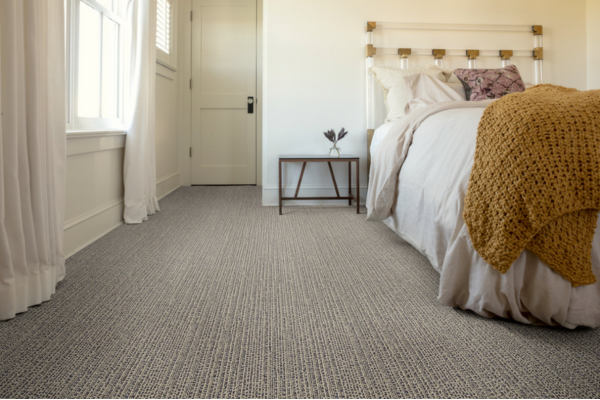
The type of carpet you install in your home should depend on your lifestyle needs and household conditions. Active families with kids and pets will have different carpet criteria than a single-person household. While both might be looking to elevate their space with plush carpet underfoot, a busy family will probably need a carpet that is less prone to stains and can withstand high-traffic areas.
While organic wool carpet fiber is naturally beautiful and has a luxurious surface to rest on, it's less stain-resistant, so it might not be best for the kid's playroom. Nylon and Triexta, blends, on the other hand, are more fade-resistant and resilient against kid and pet accidents. Plus, these carpets are just as soft! Many stores have in-person carpet samples, so you can physically touch and examine the difference in carpet fibers up close to find the best match for your home.
7. Carpet Density
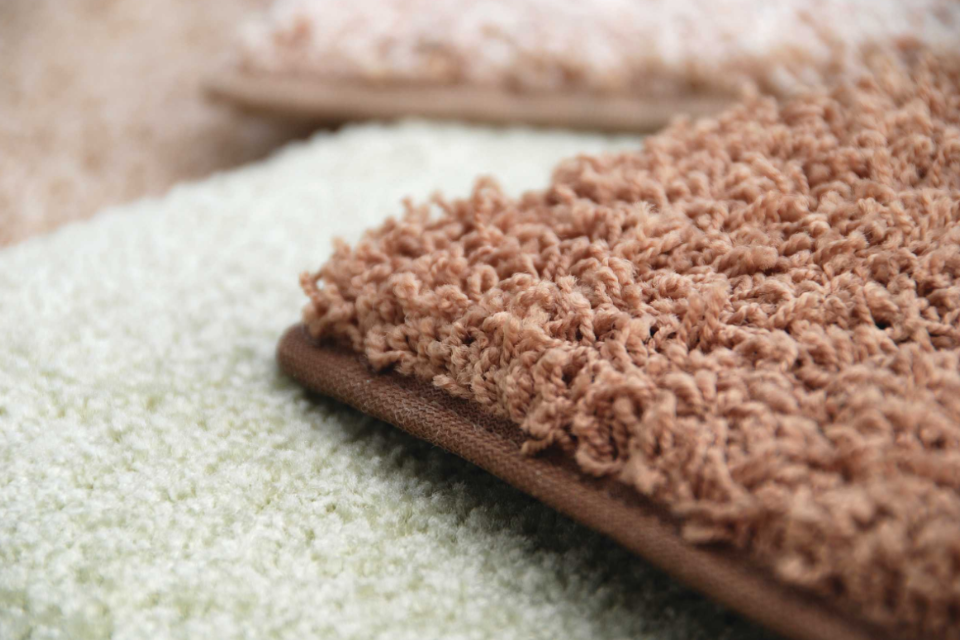
Carpet density might not seem like a big deal at first glance, but it can make a world of difference underfoot. In short, carpet density, including variations such as cut pile carpet, calculates how closely together fibers are tufted into the carpet construction. Typically, the higher the density, the more durable the carpet will be because this added thickness will feel plusher underfoot and hold up better to household wear.
Of course, be careful not to get hung up on this single carpet aspect alone. In judging the product's overall performance, it's important to consider face weight, tuft bind, twist, and pile height alongside the density of the carpet.
8. Calculating Square Footage

Estimating carpet measurements can be more complex than it sounds with so many factors to consider, such as the width of the roll of carpet and the direction of the carpet pile. It's best to leave this calculation to the professionals. Luckily, we have professional installers at Carpet One Floor & Home who will cover all the installation prep, including square footage measurements.
9. Carpet Colour
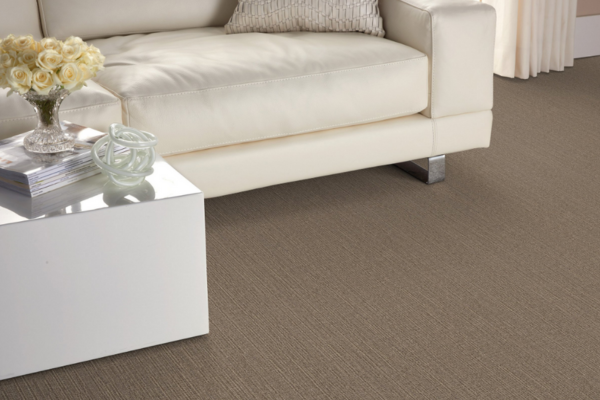
Everyone has their own personal taste and design preference, and this is especially true when it comes to choosing carpet floors. Fortunately, there's no shortage of colourways, patterns, fiber lengths, and carpet styles when shopping for carpet products.
When you've decided on the best carpet material and style that fits your performance needs, the next step is finding the right colour for your space. Generally, your carpet should be only a few tones lighter or darker than your walls. Opt for dark colours in rich hues like browns, blacks, and blues to create a sophisticated, moody space. For rooms where you want to take advantage of natural light or are searching for a contemporary, airy vibe, choose light organic colours like whites, greys, beiges, and soft sage greens.
10. Carpet Cushion
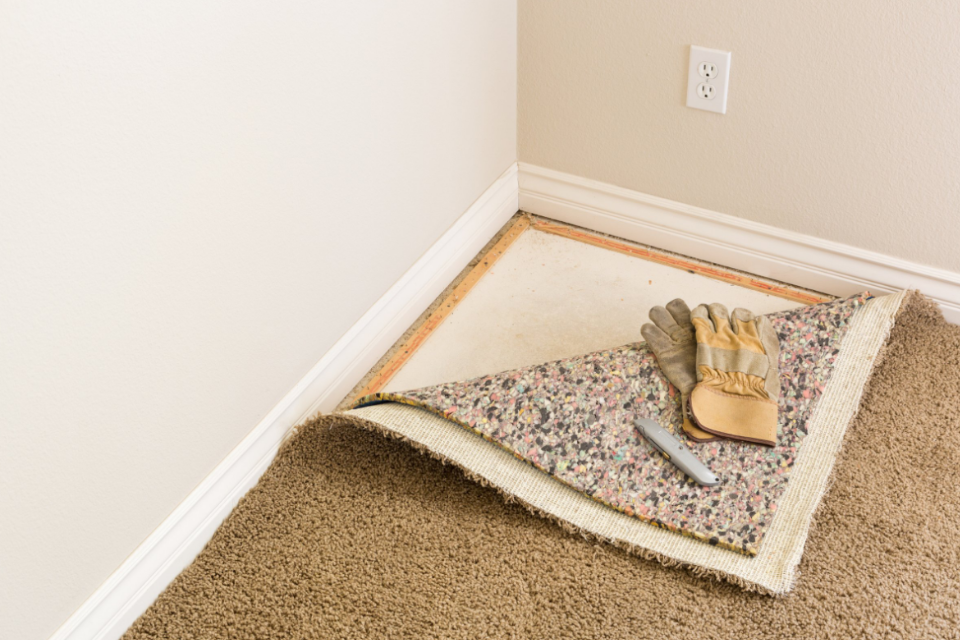
While carpet cushioning isn't a fun investment considering that it's not aesthetically pleasing or even something you will see once installed in your home, it's essential to a long-lasting carpet. Carpet cushioning saves your carpet in the long run as it protects against daily wear and tear.
Are you feeling inspired to begin your journey to luxurious carpeted flooring? Shop Carpet One's extensive collection of quality carpet styles to find the perfect carpet to match your lifestyle.